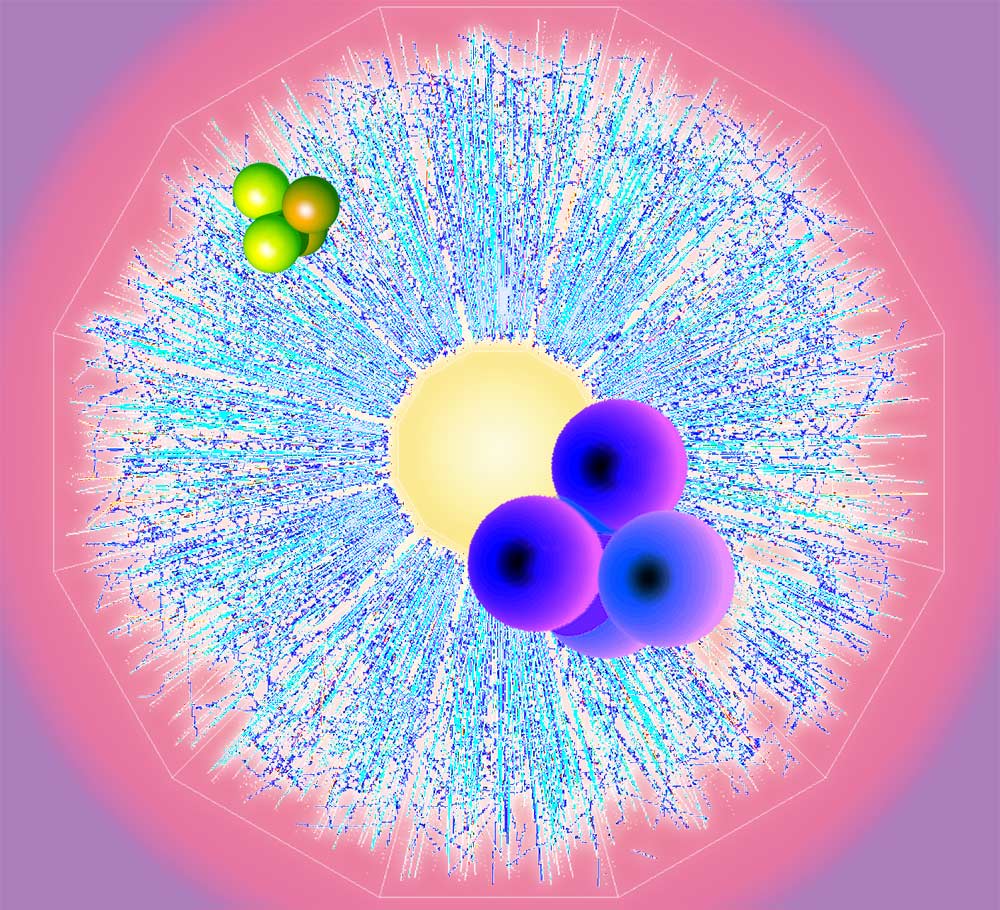New Experiment Aims to Trap Bizarre Antimatter

A new project is underway at the European physics lab CERN to produce antimatter versions of protons and trap them for study.
Antimatter is the spooky cousin of normal matter. For every regular subatomic particle, there is thought to be a corresponding antiparticle with equal mass and opposite charge. When a particle and its antimatter partner meet, they annihilate each other to become pure energy.
The Geneva, Switzerland-based CERN (the European Organization for Nuclear Research) is home to other famous physics experiments, notably the world's largest particle accelerator — the Large Hadron Collider, or LHC — and the OPERA experiment that recently announced the detection of particles that appear to be traveling faster than light. [Top 10 Implications of Faster-Than-Light Neutrinos]
The new project, called the Extra Low Energy Antiproton Ring (ELENA), held its kickoff meeting at CERN Wednesday (Sept. 28). The endeavor includes scientists from Canada, Denmark, France, Germany, Japan, Sweden, the United Kingdom and the United States.
Construction on the experiment is set to begin in 2013, and researchers aim to produce their first antiprotons by 2016.
"ELENA is a new facility aimed to deliver antiprotons at the lowest energies ever reached in order to improve the study of antimatter," CERN's Stéphan Maury, head of the ELENA project, said in a statement.
While other particle physics experiments like the LHC focus on speeding particles up, ELENA will use a ring to slow its antiprotons down. The slower the particles are moving, the longer scientists will be able to trap them before they annihilate with matter particles and disappear.
Get the world’s most fascinating discoveries delivered straight to your inbox.
The ELENA decelerator ring should be able to improve the efficiency at which antiprotons are trapped by a factor of 10 to 100 compared to CERN's existing Antiproton Decelerator.
"This is a big step forward for antimatter physics," said CERN antimatter scientist Walter Oelert, who has been a major supporter of the ELENA project. "Going to extra low energy increases the trapping efficiency for antiprotons, which will not only improve the research potential of existing experiments, but will also allow CERN to support a wider range of antimatter experiments."
The first discovery of antiprotons in 1955 won researchers a Nobel Prize. Another Nobel Prize went to CERN for the 1980s discovery of exotic regular matter W and Z particles, which was made using antiprotons. In 1995 researchers at CERN created the first atoms made of antimatter, called antiatoms.
Future antiproton research should help scientists understand the fundamental nature of matter and antimatter, and may even offer hope for developing novel cancer treatment therapies.
You can follow LiveScience senior writer Clara Moskowitz on Twitter @ClaraMoskowitz. For more science news, follow LiveScience on twitter @livescience.



